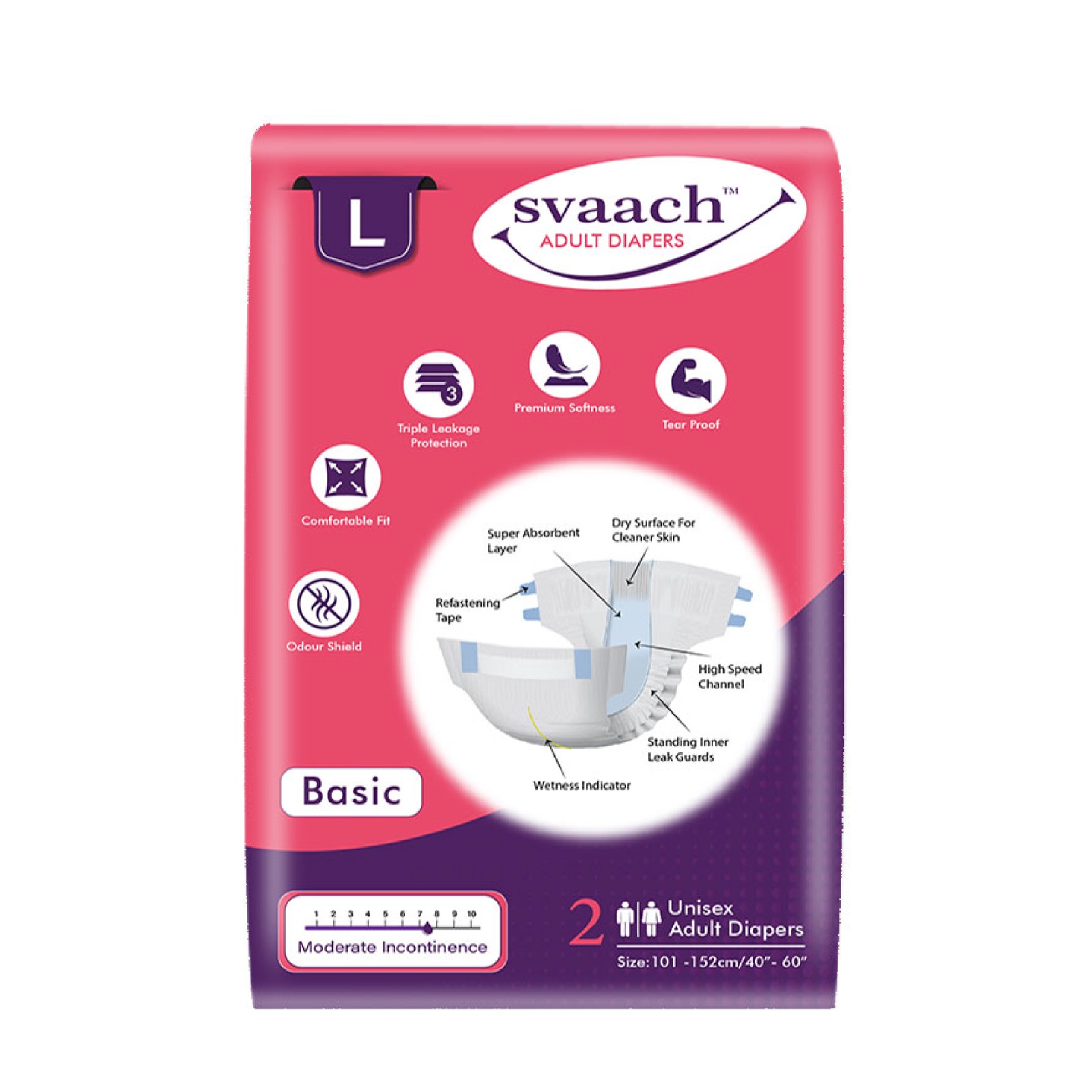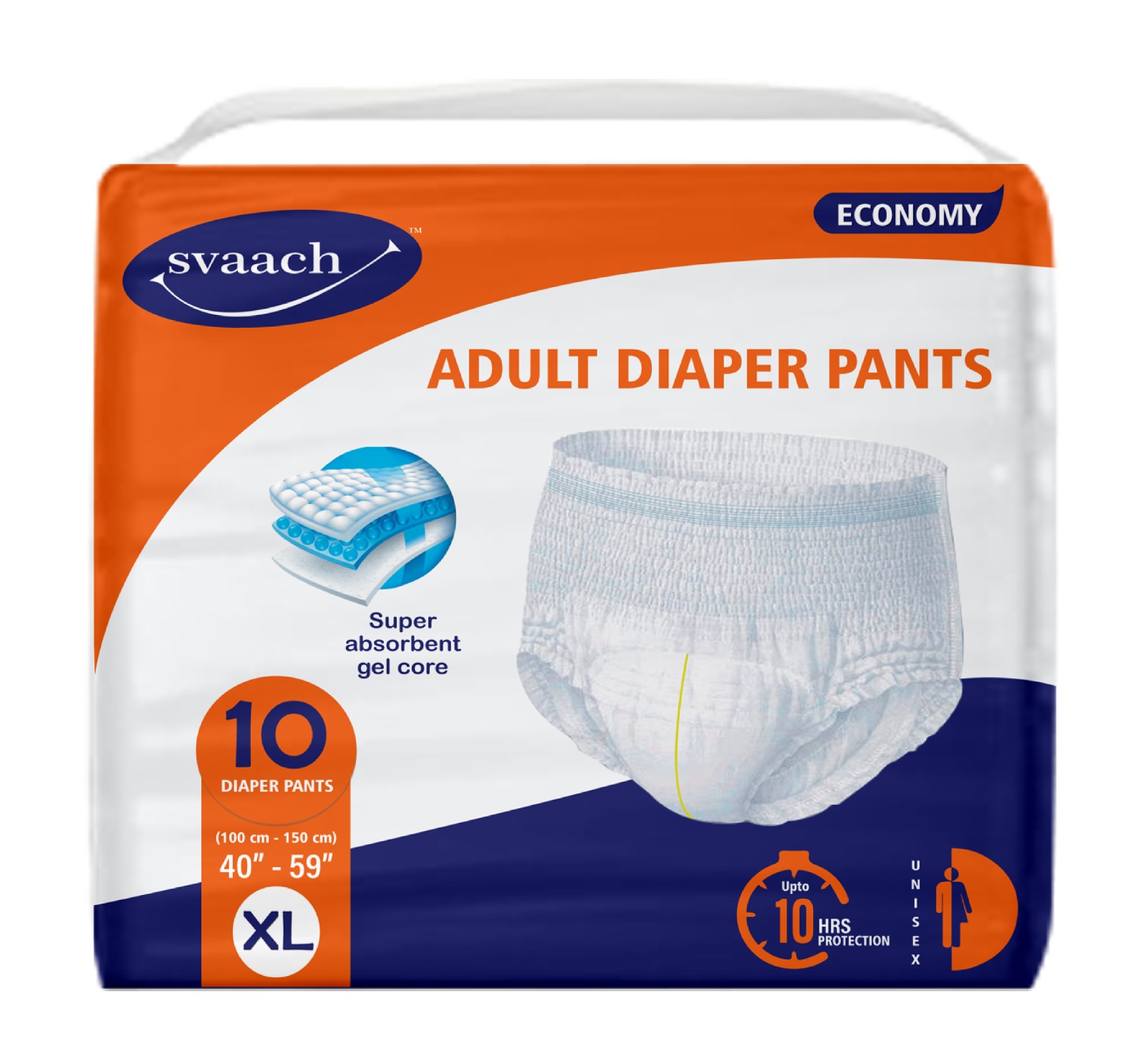Children become sick 7 to 8 times per year on average. Their impaired immune systems and the viruses to which they are exposed are the cause of their vulnerability to infections. Having a thorough understanding of these common childhood illnesses & treatment options can help parents prevent last-minute emergencies and save a great deal of time, money, and suffering. There are family caregiver training centers around to provide deep insight into how to care for your child better.
In this article, we are going to explore 10 common illnesses in children and how to treat and keep them at bay.
10 Common Childhood Illnesses & Treatment
1. Common Cold
This condition is caused by viral infection of the upper respiratory tract. In crowded areas, it can be easily transmitted by air droplets or by intimate touch with an infected individual. Children who frequently cough into one another’s faces or wipe their nasal secretions on others.
Symptoms
• Nasal discharge
• Stuffy nose
• Nasal congestion
• Light fever
• Wet eyes
Treatment
• Ensure that your child gets more sleep
• Use nasal drops or spray to relieve congestion in the child’s nose
• Hydrate your child with lots of water or low-sugar juices
2. Stomach Flu (Gastroenteritis)
Gastroenteritis, also known as the “stomach flu,” is an infection of the digestive tract that results in inflammation of the intestines and stomach. It is caused by a virus, and contracted by tainted food, sloppy hand washing, or intimate contact with an infected person.
Symptoms
• Vomiting
• Loose or watery stools
• Fever
• Pain in the stomach
• Appetite loss
Treatment
• Give medicine to reduce the kid’s temperature
• Give probiotics to prolong the duration of diarrhea (avoid medications like charcoal, Lomotil, or kaolin)
• Rehydrate the child frequently with sips of oral solution
3. Cough
Cough is among the most common ailments that affect children. Colds and other respiratory tract infections are the most common causes of cough. Every year, six to twelve respiratory tract illnesses in young children are often brought on by viruses.
• Fever
• Nasal congestion
• Runny nose
• Throat irritation
Treatments
• Antibiotics (for diseases caused by bacteria)
• Use cool mist vapors or humidifiers (for viral coughs)
• If you have a cough, try using honey or other natural medicines. (Not for newborns under a year old)
• Cough syrups and medications (for kids over four to six years old). However, consult a doctor as many are not meant for younger kids.
4. Eczema
Eczema, which is the most common childhood illness is frequently inherited, as are other related ailments like hay fever and asthma. Children who have eczema typically have skin that is dry, itchy, rough, and inflamed.
Symptoms
• A rash across their scalp, forehead, and cheeks
• In older children, behind the knees, on the wrists, ankles, or neck
• Occasionally to the knees, elbows, and trunk
Treatment
• Moisturizing your child’s skin to control flare-ups
• Let your kids wear loose, cotton clothing
• Eliminate mold, pollen, and tobacco smoke around your house
• If in doubt, see a doctor
5. Constipation
Constipation in children is a functional gastrointestinal disorder in children. Your child can be constipated if he or she has less than three bowel movements in one week or if his or her poo is firm and big.
Symptoms
● Straining or experiencing discomfort when trying to urinate
● Bleeding during or following a bowel movement
● Experiencing stomachache that subsides after stooling
Treatment
●The age of the child determines what medication is best for constipation, so first talk to your pediatrician
● Make sure your kids eat enough fruits and veggies
● Promote physical activity in them
6. Chickenpox
When discussing common childhood illnesses & treatment, chickenpox is often a hot topic. The varicella-zoster virus is the cause of chickenpox. It causes tiny blisters packed with fluid and painful rashes. Due to its high contagiousness among children who have not been earlier exposed to it or immunized against it, it is a typical childhood sickness.
Symptoms
● Fever preceding rash
● Appetite loss
● General fatigue
● Frequently accompanied by lightheadedness
● Vomiting
Treatment
● Put on some calamine lotion to ease the itching
● Quite salty and acidic foods
● Utilize the recommended antiviral medication by the child’s age and condition
7. Bacterial sinusitis
Bacterial sinusitis is an infection of the sinus lining brought on by bacteria that have become stuck inside the sinuses. In addition to allergic sinusitis associated with hay fever, children are susceptible to viral sinusitis following a normal cold.
Symptoms
● A cough and nasal discharge that lasts longer than 10 days
● Fever lasting three days or longer, accompanied by thick yellow nasal discharge
● Sensitivity
● Excruciating headaches
● Sensitivity to light and swelling around the eyes
Treatment
Antibiotics for a minimum of ten days.
8. Sore throat
Sore throat is an illness that produces pain and irritation in the throat—often characterized by scratchiness—and is called. It is typical in kids, and when they consume food, the symptoms frequently get worse. Bacteria and viruses of many kinds can cause this.
Symptoms
● Pain
● Itchy throat
● Difficulty in swallowing
● Enlarged neck glands
● Altered voice
● Pus or white tonsils patches
● Cough
● Runny nose
● Fever
● Vomiting
● Body ache
● Sneezing
Treatment
The approach to every common childhood illness & treatment begins with a diagnosis. After the diagnosis, antibiotics work well for children with strep throat.
9. Ear pain
Children frequently experience ear pain, which can manifest as dull, searing, or acute pain in the ears. While some kids may just experience temporary pain, others can experience pain that doesn’t go away until the underlying cause is treated.
Symptoms
• High temperature
• Jaw pain
• Discomfort when chewing
• Smelling ear discharge
• Hearing problems
• Itching ear
Treatments
• In extreme situations, pediatricians recommend antibiotics
• Use amoxicillin-based antibiotic therapy for middle ear infections
• In moderate situations, if the discomfort is caused by a virus, doctors advise placing a warm compress (warm cloth) to relieve pain
• For severe ear pain, decongestants, painkilling ear drops, and Tylenol (acetaminophen) are helpful
10. Conjunctivitis
Conjunctivitis, also known as pink eye, is an irritation or inflammation of the conjunctiva. A thin, translucent membrane called the conjunctiva protects the white area of the eye. Allergies or infections with germs or viruses are often the cause.
Symptoms
• Eye discharge
• Itching
• Redness of the eyes
Treatment
• While viral conjunctivitis usually goes away on its own, bacterial conjunctivitis can be treated with antibiotic eye drops.
Preventive Measures
Although children’s most common illnesses cannot be avoided, most can be prevented. The following are some ways you may maintain your child’s health.
• Vaccinate your children
• Maintain proper hygiene
• Stay away from sick people when you have a newborn
• Maintain your health since your child will be healthier if you are
• Make your baby’s sleep a priority
Summary
Childhood illnesses can provide difficulties for parents, but most can be adequately treated with knowledge of the common childhood illnesses & treatment It’s critical to keep a careful eye on your child’s symptoms and to seek medical attention when necessary.





























